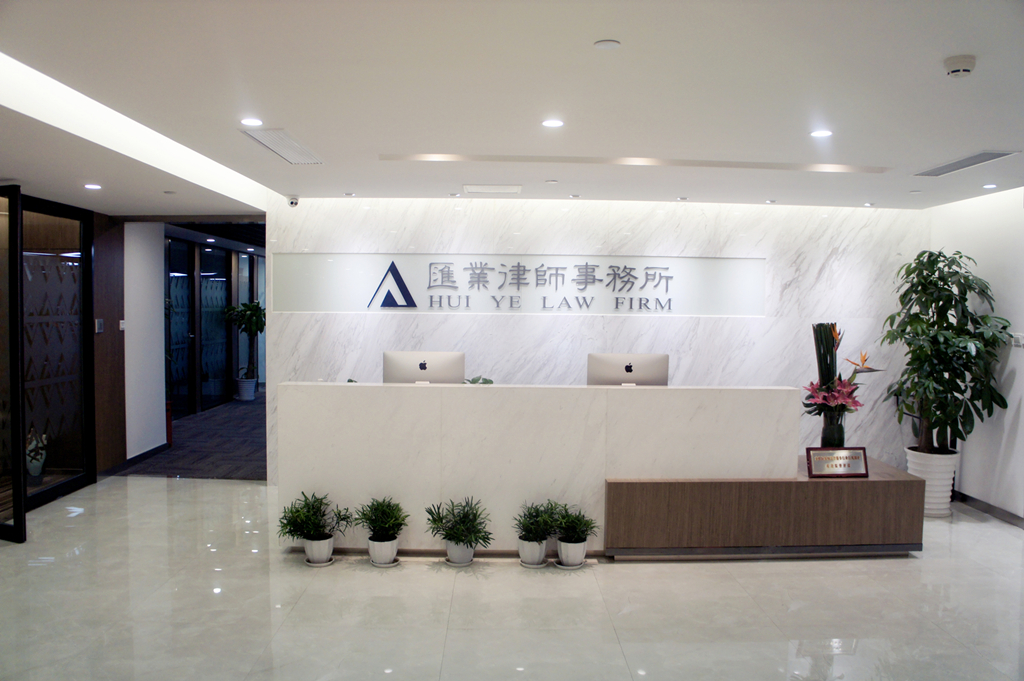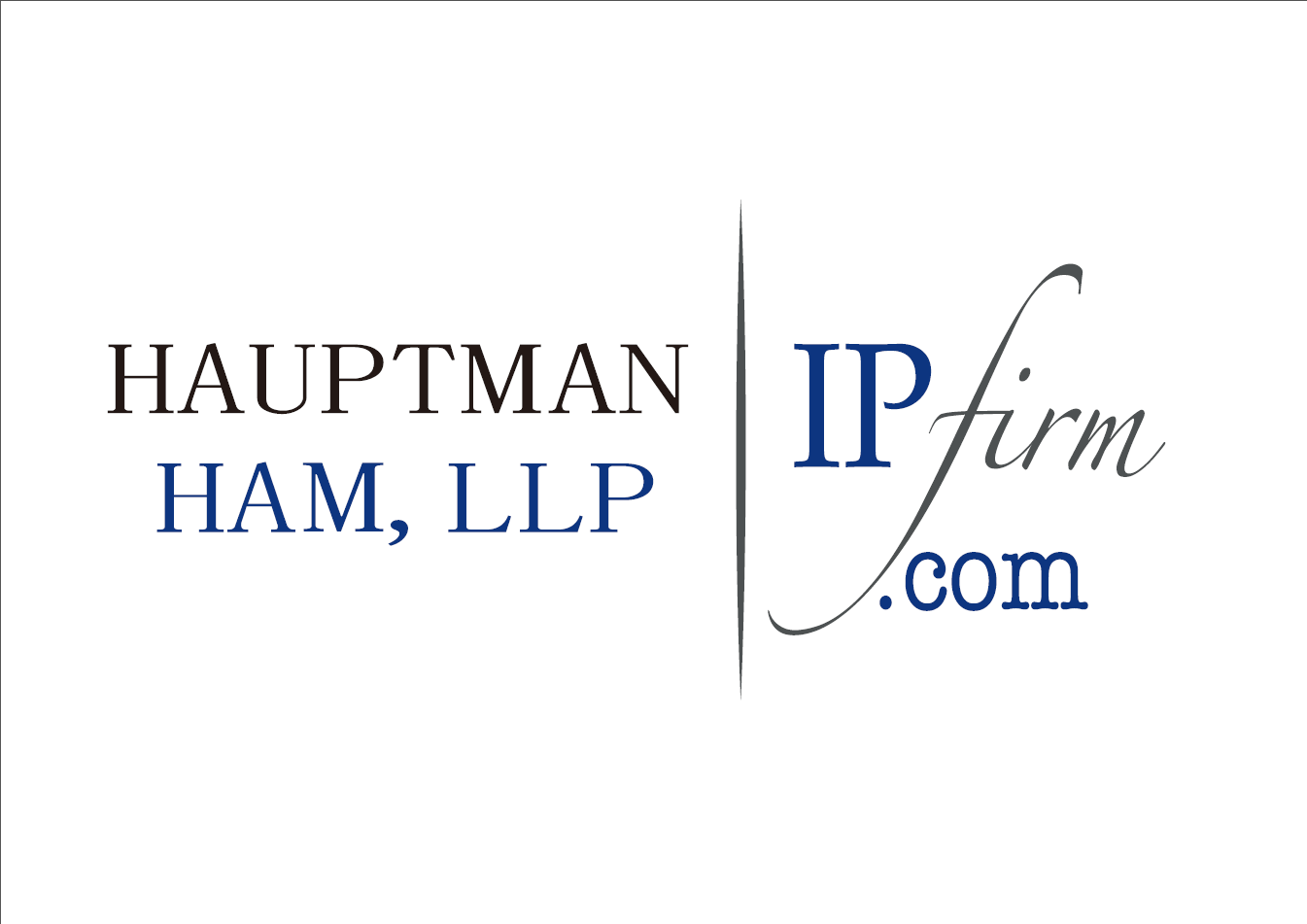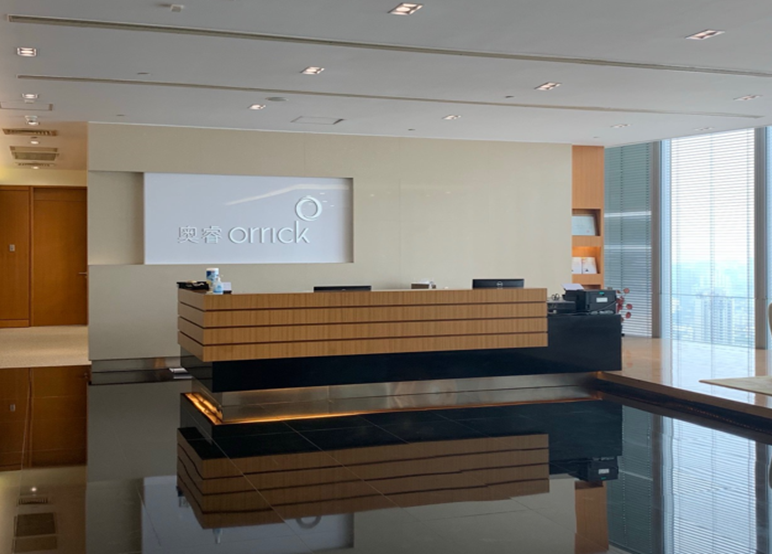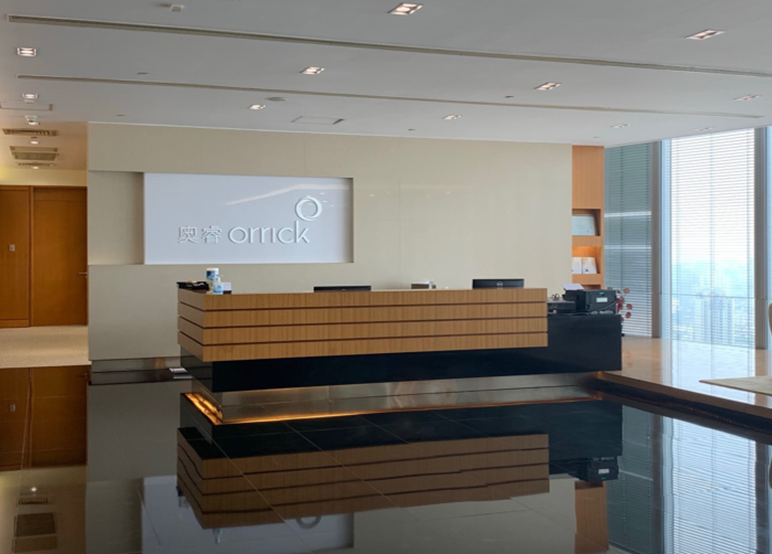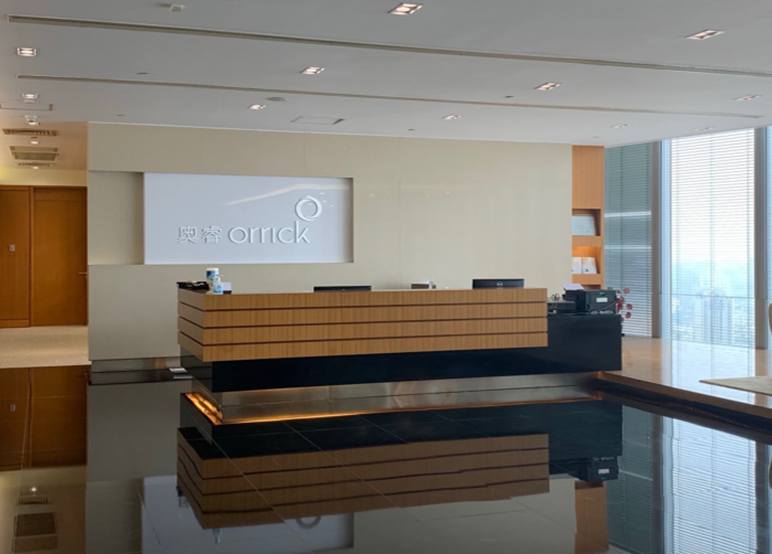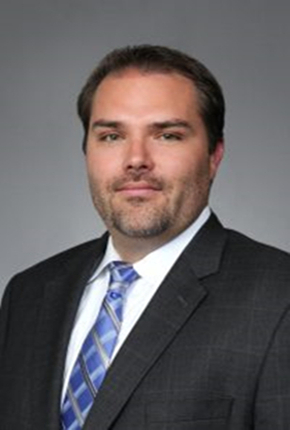At the American Society for Materials and Testing (ASTM) And other agencies suedPublic. Resource. Orgcorporation (PRO) In the case, plaintiffASTM, National Fire Protection Association (NFPA) And American heating, Institute of Refrigeration and air Conditioning Engineers (ASHRAE) Are standard setting organizations, It owns Copyrights to technical standards that establish best practices for various industries and products (This includes fire safety, Electrical systems and HVAC technology) . These standards are usually not legally binding until they are introduced into federal law. merely, It is generally difficult for the public to easily access relevant information, Because the above does not appear in "United States Code of federal regulations" among. As a non-profit organization, defendantPROIts mission is to make government records and legal materials more accessible to the public. PROCopies of hundreds of standards that have been incorporated into regulations are posted on its website, And allow free access to the public. The move leaves the plaintiffs to decide where2013Annual directionPROFile a copyright infringement claim. PROThe main defense is that the organization acted on the basis of "Fair use" , namely "United States Code" The first17ranking107The four factors listed in this article help the court to find that the defendant's act of copying without authorization is "rational" .
After years of legal proceedings, The district court initially ruled in favor of the plaintiff, And identifyPROViolated nine standard Copyrights, Thus dismissed byPROA fair use defense. however, The D. C. Circuit is in2018The verdict was overturned in 2000, And thus to the parties concernedPROThe fair use defense was further reviewed. The DC Circuit's recent final opinion says, PROThe act of publishing standards introduced into the law as a reference constitutes fair use.
Purpose and nature of use, Whether it is a transformational use
First of all, The court held thatPROIts use is for non-profit educational purposes. then, Court determinationPROThe use of these standards is "transformational" , Because this is different from the purpose of standards organizations. Although the plaintiffs aim to promote industry best practices, butPROOur mission is to provide free and comprehensive legal access. This conversion is conducive to the court to make a judgment that the defendant's conduct is fair use.
The nature of the copyrighted work
The court emphasized, These standards are in "Fact and fiction" The spectrum should belong to "FACTS" One end of, This also helps to constitute fair use. In addition, Incorporating a standard into a law in the form of a reference without modification is hardly any different from copying the text content of a standard into a law. Due to government documents (Such as law) It will not be copyrighted, So this factor is very conducive to validationPROThe act is fair use.
Quantity and nature of use
althoughPROReplicating all of the plaintiff's standards, But the court found it reasonable, Because it's consistent withPROThe purpose of informing the public of standards incorporated into law. This factor is also conducive to the conclusion of fair use.
Impact on potential markets
The court found that the evidence of potential harm to the market was ambiguous. The court noted that, Standards organizations update standards more often than legislatures adjust laws, So that meansPROThe free copies provided may not be sufficient to replace the current standard. In addition, Nor did the plaintiff provide a significant economic analysis to show that the defendant had harmed the market. meanwhile, The court also highlighted the significant public interest in giving people free access to the law.
The court concluded that, In integrating technical standards into the law, Its state has actually gone from "Private person" Transform into "commonality" . For standards organizations, This has several implications.
Financial impact
If the public can access the relevant standards free of charge in some cases, So those that rely on copyright licensing fees to fund their organizational activities, Or standards organizations that use their undisclosed standards and access to them as their biggest selling point to attract members will face a loss of revenue.
Update and timeliness
If standards are published for public inspection without coordination with standards bodies, Then these versions of the standard may be out of sync with the latest non-public standards of the standards organization. This may affect the use of standards, Carry out, Relevance and reliability.
Inhibit the participation of standards bodies
The decision may reduce the incentive for standards organizations and their participants to invest in standards development and overall standardization efforts, Because they might "As required by law or regulation" Losing control of their creations.
ASTMThe opinion makes people have to think about such a problem, That is, when standards are incorporated into the law, The risk of these standards being freely and freely accessible to the public increases significantly. Standards bodies should think carefully about the legal implications of this and the potential strategies available to them, To adapt to this changing environment.
Questions and answers that may be of interest to standards organizations
Under what conditions, Technical standards published by standards bodies may be subject to the right of free public access?
On the basis ofASTMThe outcome of the case, If certain conditions are met, Technical standards published by standards organizations are more likely to be made available to the public. One of the key factors is whether the standards are of such a nature, That is, they can become the basis for legally binding regulations. When standards organizations define their ultimate mission and the actions they need to take to ensure that people use their standards, This should be a factor to consider. thoughASTMThe plaintiffs in the case all set standards related to public safety, But not all organizations have done so. In spite of this, ASTMThe scope of the ruling may be further expanded in future litigation. For example, If similarPROSuch entities provide access to relevant standards for non-profit educational purposes, Such institutions might argue, In addition to providing the public with access to legal texts, There is another reason on which the court may decide that this form of access is "convertibility" the.
If the standards organization wishes to prevent its technical standards from being subject to fair use rights in the United States, What can it do to prevent the U. S. government from using these standards in laws or regulations?
To prevent others from taking advantage of the fair use principle to obtain its technical standards freely, Standards bodies could consider taking proactive measures. One strategy is to minimize the extent to which governments cite their standards. If laws or regulations do not explicitly require a standard, It is also not widely used by government agencies, It is less likely to be considered a public document. By making standards not subject to government mandates, These standards organizations can maintain greater control over their copyrighted works, Thus, it is possible to restrict free public access. besides, Standards bodies can also take other preventive measures, To ensure that its members do not leak non-public standards, Such as adding personalized watermarks to its standards or setting restrictions on access for its members.
What do the technical standards required by law or regulation really mean?
When a technical standard is considered "As required by law or regulation" when, This means that the standard has become an important part of the legal or regulatory framework. In essence, For individuals operating in the relevant jurisdiction, A business or entity, Compliance with this standard is a mandatory requirement. This requirement can take many forms, For example in legal texts, These criteria are clearly stated in the statute or regulation. When a standard has reached this state, It already blurs the personal, The boundary between copyrighted works and public requirements, This makes it easier for people to publish the standard freely, And weaken standards bodies' control over what they publish.
peroration
Recent rulings have shown that, Where it is determined to comply with legal or regulatory requirements, Standards organizations may lose control of their copyrighted works, And that poses a number of risks. First of all, The move could affect those who rely on copyright licensing fees to fund their organisational activities, Or the financial sustainability of standards organizations that refer to undisclosed standards as an internal member interest. There is the possibility of making it available to the public free of charge, As a result, the revenue streams of these organizations may be more severely affected. secondly, There is also a risk that the parties concerned will not be able to apply standards uniformly, For example, there may be conflicts between updated standards and statutory and publicly accessible standards. finally, The ruling could also prevent standards bodies from making further contributions to the industry. This is because when they lose control of their creative output, They invest in research, Incentives for development and standardization could be weakened. (Be compiled fromwww. mondaq. com)
TRANSLATORS: Liu Peng proofread: Wu Xian
disclaimer: This network reprint or compile the original articles are from the network, Does not represent the views of this website or confirm the authenticity of its content. If the source is mislabeled or the copyright of the article is involved, Please contact us, This website will be corrected in due course, delete, thank you.

Safeguarding the rights of economic and trade hotspots

